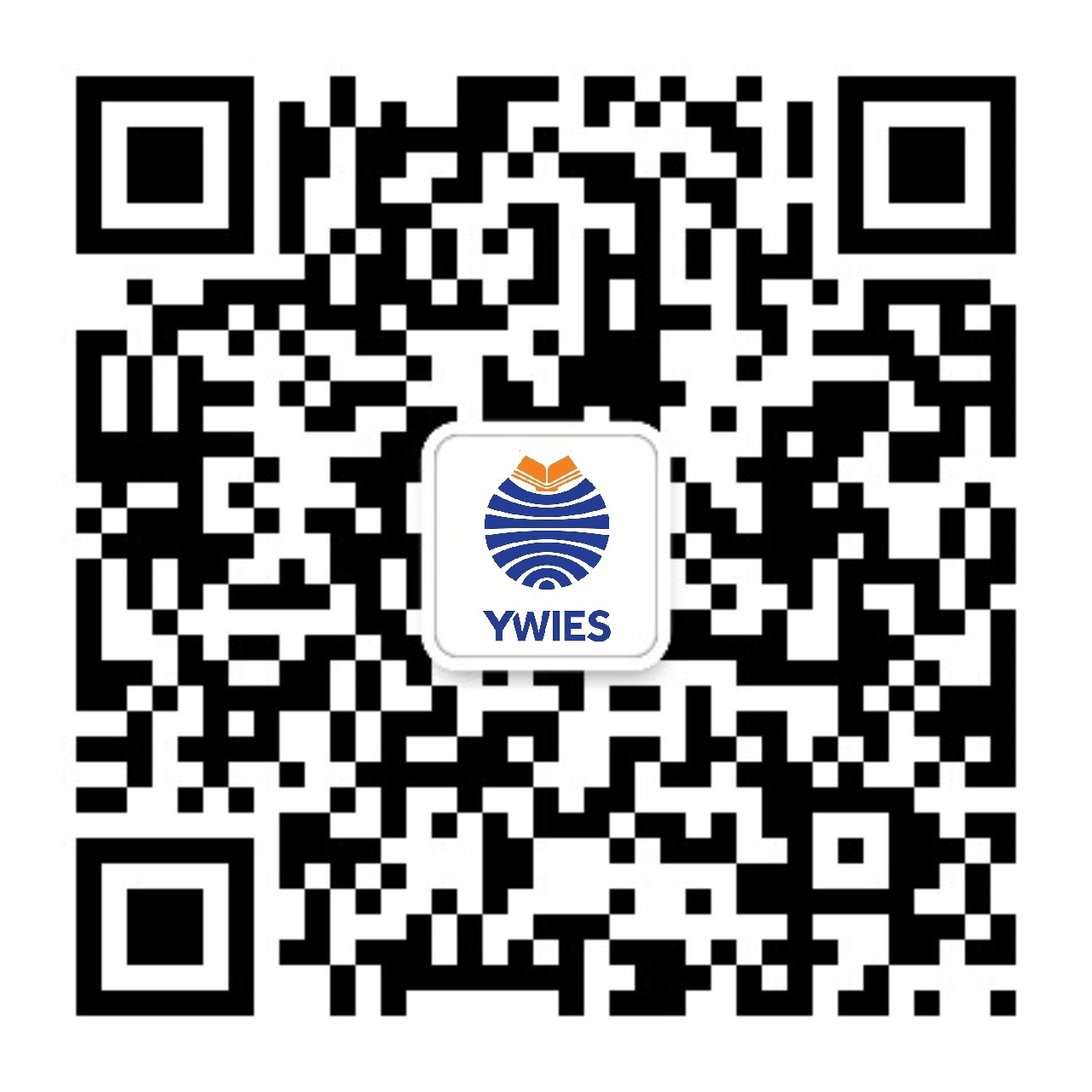Go Back
News
Wechat News
Colour Magic Topic - K5 Panther's Topic Study
Wechat News
03 Jan, 2022
10 : 00
This year we introduced a calming corner with colourful sensory toys. We noticed straight away that our students were facinated by the bright colours, how the colours moved and how they could overlap them to form new colours.
Once we had our topic, we then brainstormed what we knew about colour already so we could build on and extend on our current knowledge.We wanted a really interesting provocation to start our unit. We decided on introducing the well known Chinese story, ‘The Magic Paintbrush.’ We all agreed that a magic paintbrush would be amazing. We then used the app ‘Quiver’ to turn our colouring to life just like in the story. We were so amazed to see our own colour magic!
Connecting to Science
Next we wanted our students to explore colour mixing on their own. We set up a provocation using the 3 primary colours food colouring. The students explored mixing the colours together in our newly created science area using real science equipment such as beakers and pipettes.Over several days we explored the concept of colour mixing through various mediums: Food colouring in milk, through paint in bags, painting on paper, through disolving the colours on candy and through stories such as, ’Mouse Paint.’
We looked at a prism and how on a sunny day we can make a rainbow of colours from the sun light. The students gave their ideas about why a rainbow was formed.
Making Connections to Language
We learnt the colour vocabulary in English and Chinese. We practised saying the names and reading the characters.We learnt how to use the words light and dark to describe the colours in more detail.We learnt how to use the colour words as adjectives in Chinese and English. We also used the language of warm and cool colours.
Connecting to Art
We read the story, ‘Angus and the Colourful Day’ to introduce students to warm and cool colours. We then applied this knowledge by making a warm or cool colour bag decoration using coloured sand and coloured beads. This activity was a hands-on way to reinforce warm and cool colours and gave them something to take home to discuss with their parents.
We mixed colours to make colourful art paper. We consolidated our knowledge of colour mixing. We observed how the white shaving foam changed the colours to light colours.We were using our communication and collaboration skills to share our observations with others.
Making Connections to Mathematics
We introduced maths by surveying our parents and classmates by asking them the question, “What is your favourite colour?” We learnt how to record using tally marks. We learnt to write tally marks and how to total them up to find the most popular colours.We wanted to know the answer to the question, ‘What was the most popular colour drink bottle in our class?’ To find out we decided to make a class bar graph. Each student added their drink bottle colour to the bar graph. Afterwards, we used the information to answer our question. We learnt that bar graphs can show us information visually. We also learnt how to make a pictograph showing our class’ favourite Van Gogh artwork.
Connecting to Health
We learnt how colours are connected to emotions. We learnt the phrases, “I feel blue” means “I feel sad.” “I see red,” means I feel angry. We learnt what each colour represented. Last, we practised communicating our emotions by putting our name next to the Colour Monster that shows how we are feeling at the time. We will use this emotions check in every morning to let our teachers know how we feel.
Connecting our Learning to the Wider Community
We connected our learning about colour to the ‘Van Gogh Alive’ exhibition. Van Gogh is famous for his use of colour and this experience gave the students an opportunity to see how colour is important in art. Our Students were able to apply their knowledge of art vocabulary such as warm and cool colours, and colours relating to feelings through experiencing this field trip.








